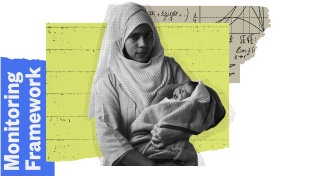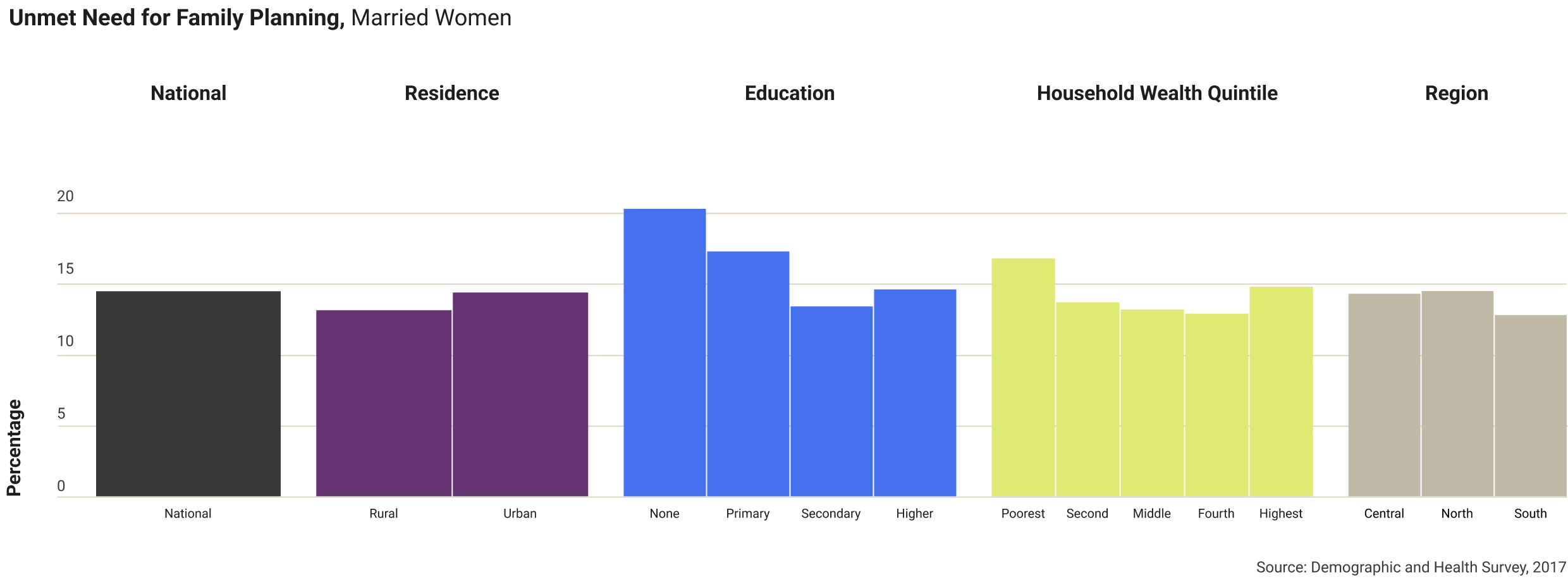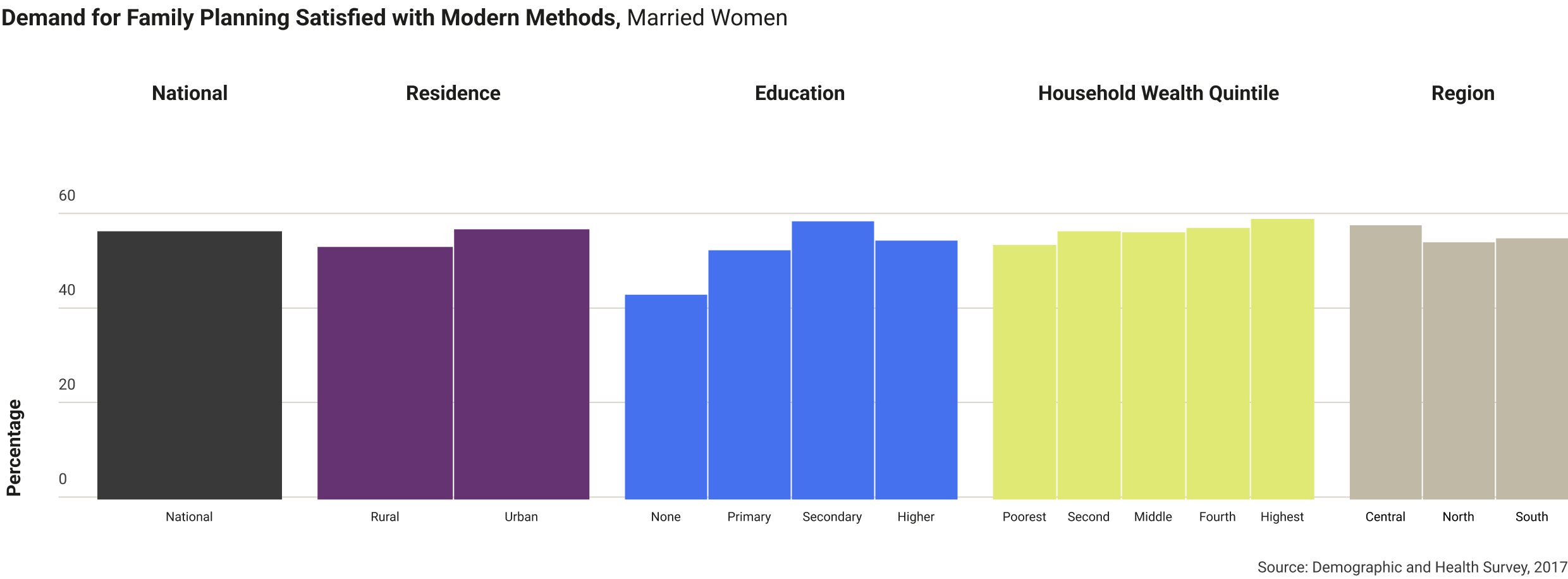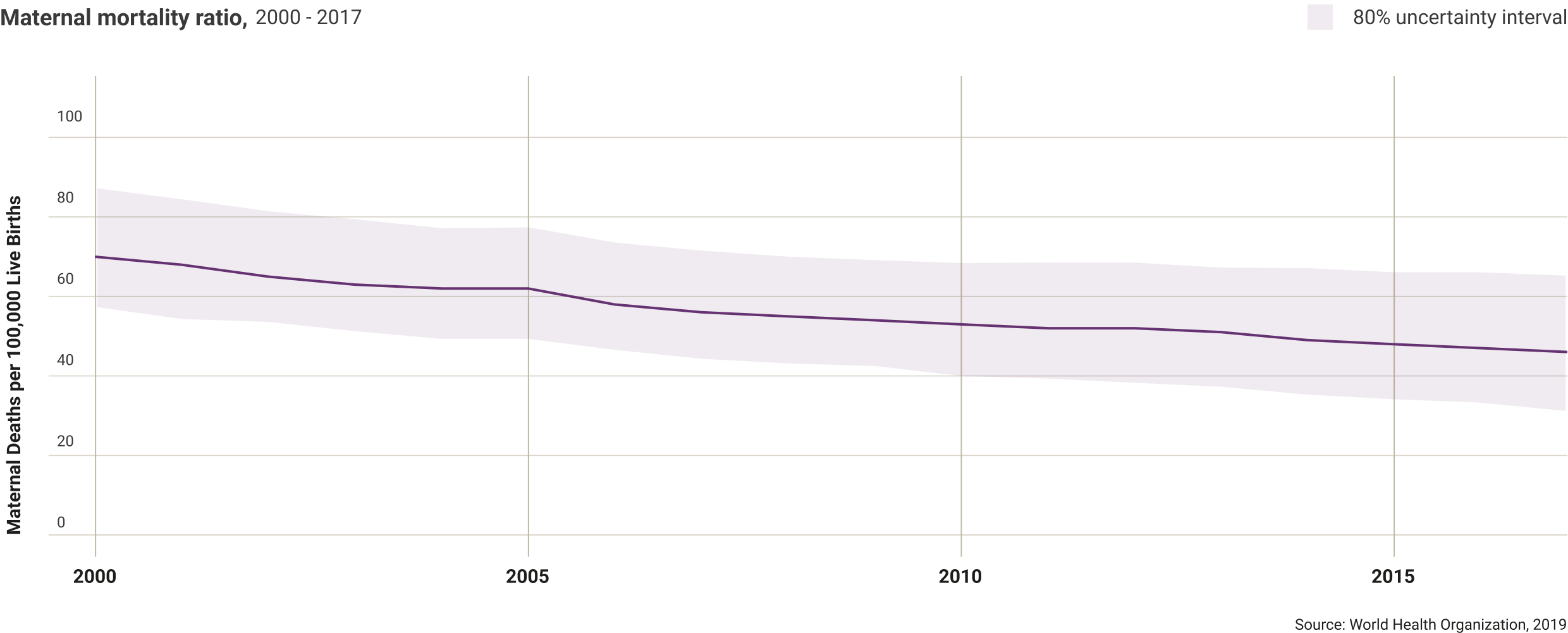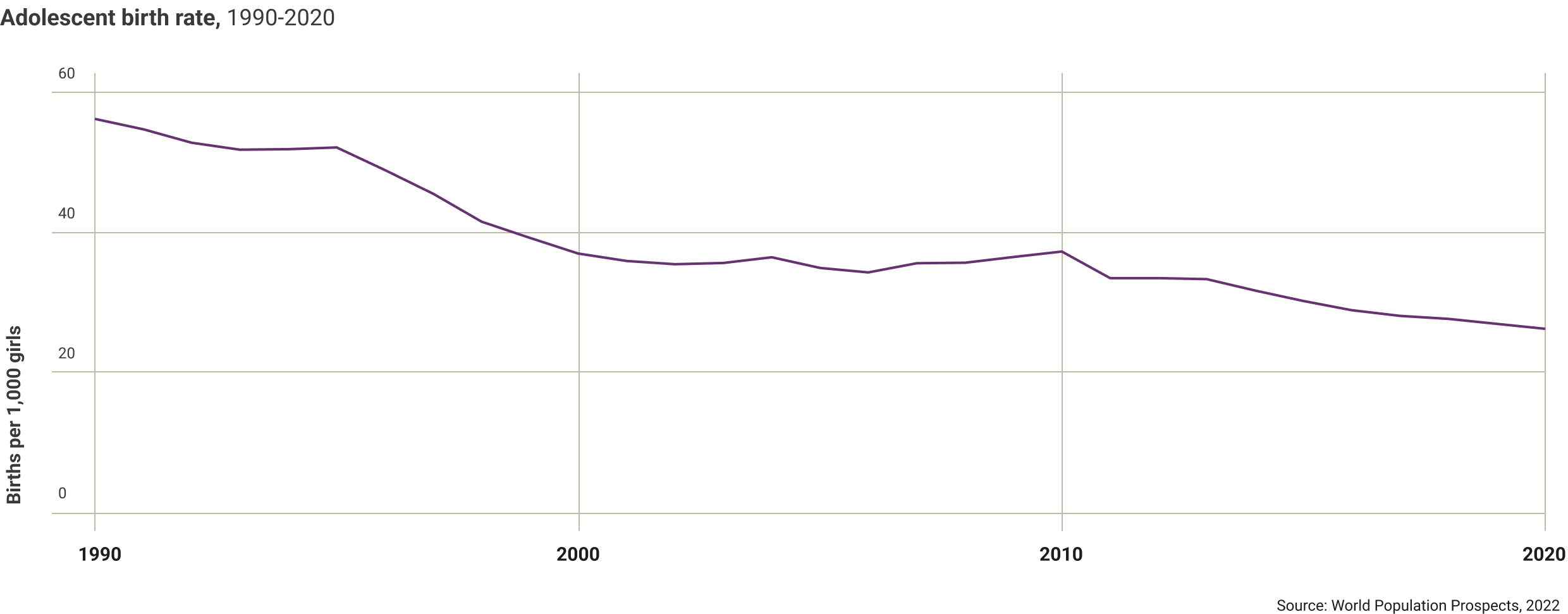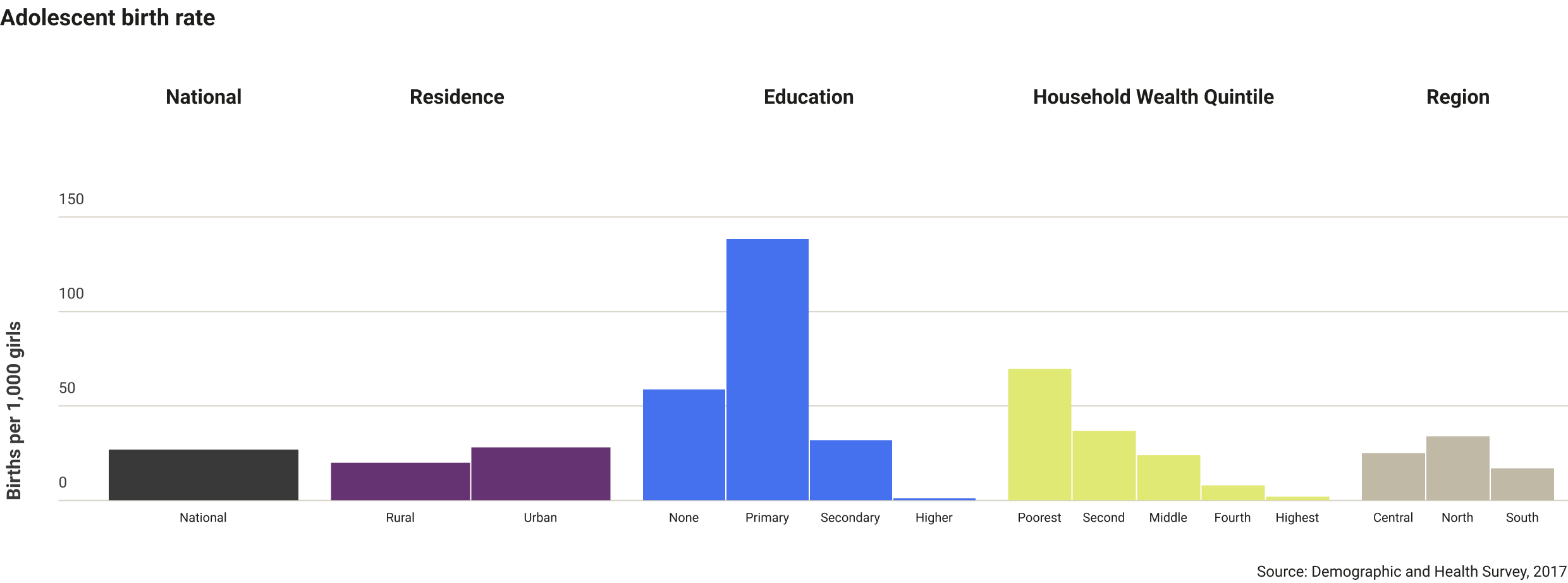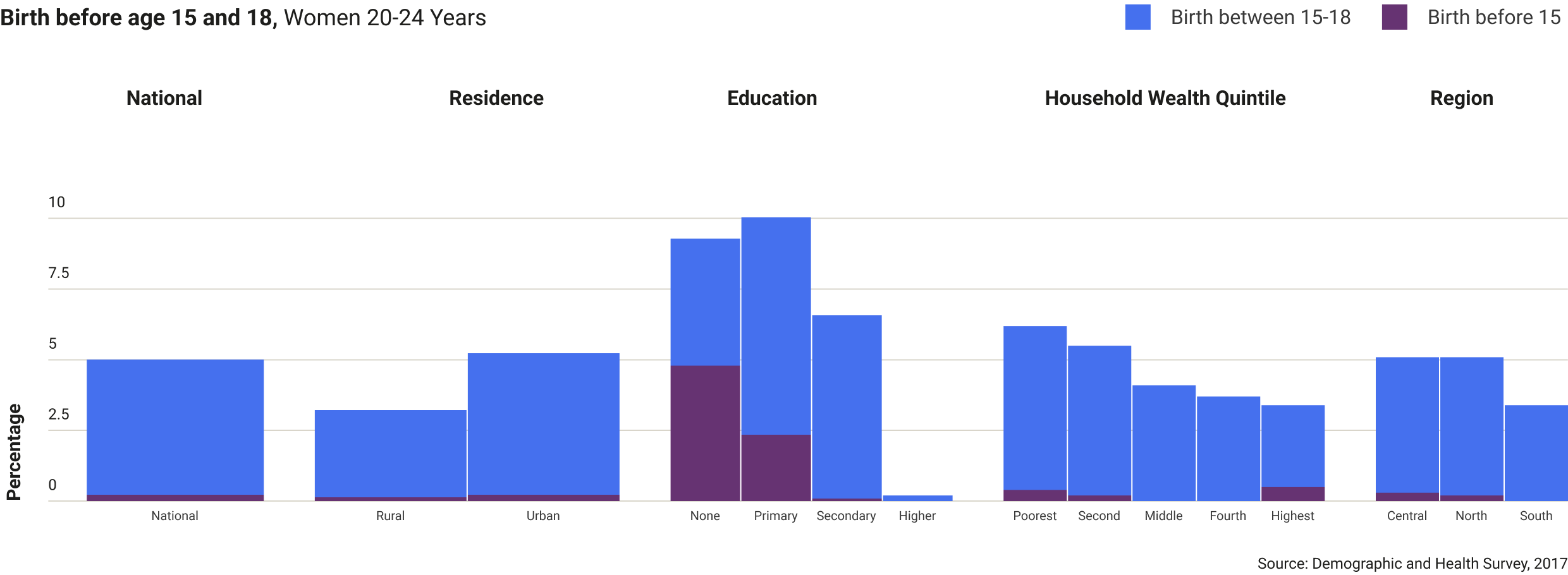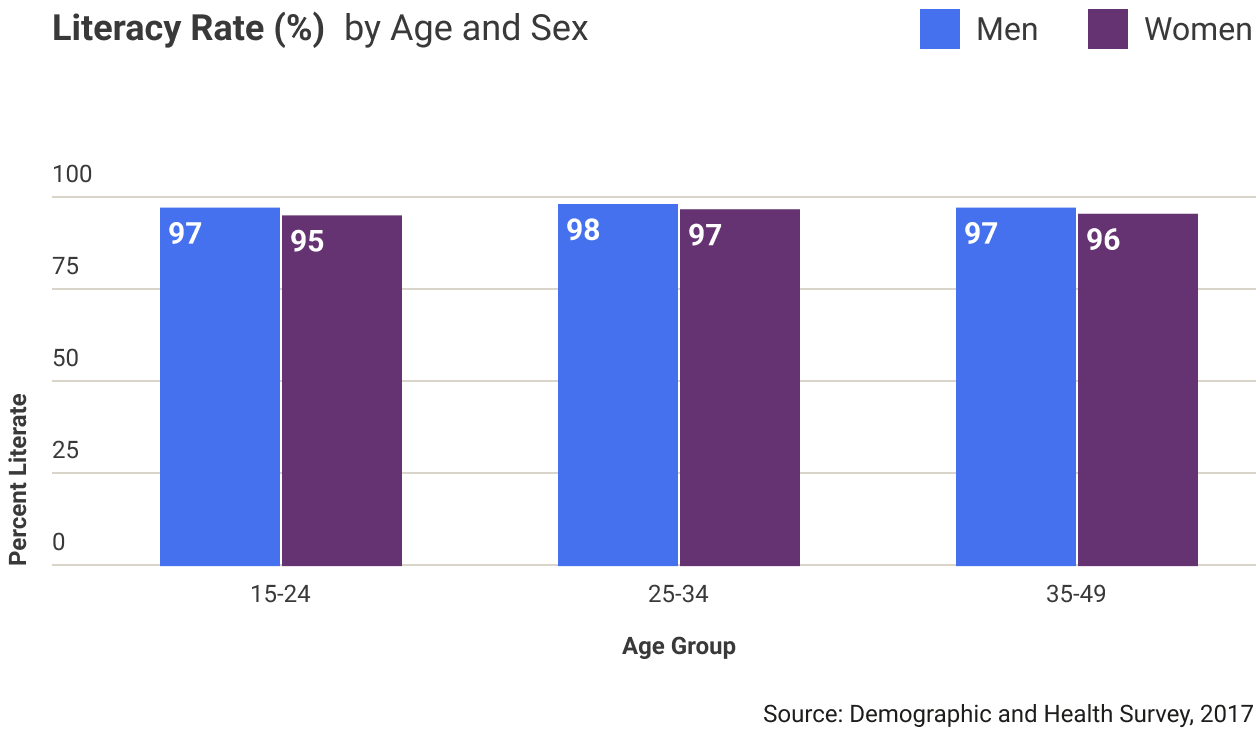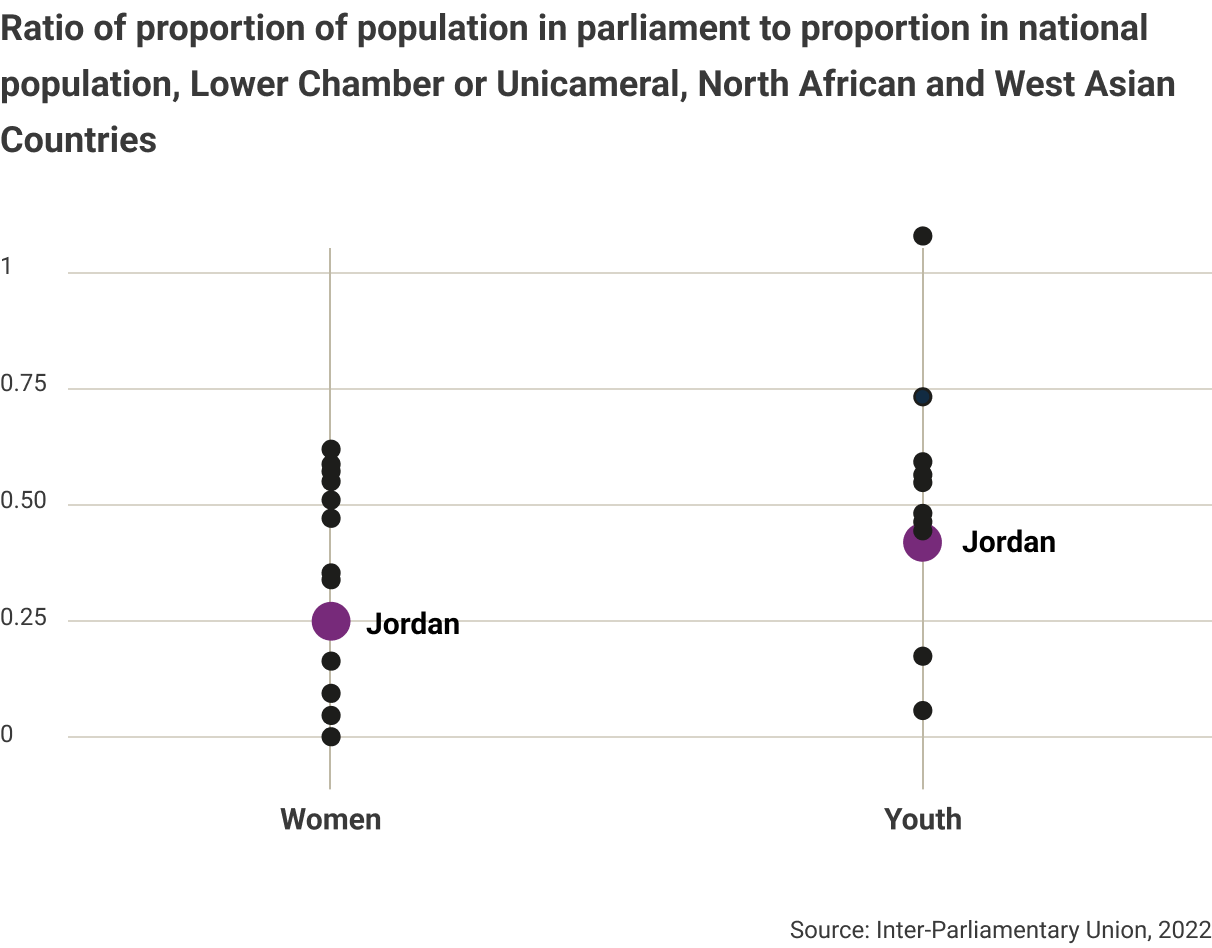
 11,315,550
Total Population
11,315,550
Total Population
A dispute exists between the Governments of Argentina and the United Kingdom of Great Britain and Northern Ireland concerning sovereignty over the Falkland Islands (Malvinas).
The boundaries and names shown and the designations used on this map do not imply official endorsement or acceptance by the United Nations.
Jordan’s Population dynamics Data


Total Fertility Rate (births per woman)
Adolescent (15-19 years) Birth Rate (births per 1,000 girls)
Maternal mortality ratio (per 100,000 live births)
Jordan’s national commitment
The Hashemite Kingdom of Jordan has committed to intensify efforts for the full, effective and accelerated implementation and funding of the ICPD Programme of Action, Key Actions for the Further Implementation of the Programme of Action of the ICPD and Agenda 2030 for Sustainable Development.
Jordan has also affirmed commitment to the ICPD’s Programme of Action, and the Sustainable Development Goals. The country made a broad range of commitments during the Nairobi Summit on ICPD25, including the provision of quality information, counseling and family planning services based on a human rights approach, especially in remote areas and for vulnerable groups.
In 2017, the most recent year for which data is available, 14.2% of currently married or in union women had an unmet need for family planning.
This was highest among women with no education and women living in the poorest households. In 2017, 56.7% of currently married or in union women had their demand for family satisfied by modern methods. This was higher among women with secondary education and above, and among women living in wealthy households.
Jordan’s national commitment
Jordan has also affirmed its commitment to reducing maternal morbidity and mortality.
Jordan’s maternal mortality ratio decreased from 2000 to 2017 and was estimated to be 46 maternal deaths per 100,000 live births in 2017,
the latest year for which most recent data is available, a low rate for the region where the highest maternal mortality ratio is 295 maternal deaths per 100,000 live births.
Jordan’s adolescent birth rate has been steadily decreasing from 1990 to 2020, and is estimated to be 24 births per 1,000 girls in 2022.
The adolescent birth rate is higher in urban areas than rural areas, highest among those with primary education, and in the poorest households.
Among those girls who give birth before age 18, the percentage is higher in urban areas than in rural areas, and is highest among those with no and primary education, and among those in the poorest households.
Among women with no education, the proportion of births before age 15 and before age 18 is approximately the same. As education and wealth increases, the proportion of births before 15 years decreases.
Jordan’s national commitment
At the Nairobi Summit, Jordan committed to the continued participation of young people in the development of national strategies and plans, and to help youth participate in decision-making.
Jordan’s literacy rate is greater than 95% among men and women, but slightly higher for men than for women.
However, the percentage of youth not in education, employment or training is greater among women than men; the percentage decreased from 2017 to 2020 among young women, but increased slightly for young men during this period.
SDG Goal 16 seeks to promote peaceful and inclusive societies for sustainable development, to provide access to justice for all and build effective, accountable and inclusive institutions at all levels.
One component of this is ensuring responsive, inclusive, participatory and representative decision-making at all levels. The ratio of the proportion of women Members of Parliament in Jordan is lower than the median for the region, while that for youth Members of Parliament is the third lowest in the region (SDG 16.17.1).
Since the Nairobi Summit, stakeholders have explored opportunities to advance Jordan’s commitments. A monitoring and evaluation system to track ICPD and SDGs was put in place. In its 2022 Voluntary National Review of the implementation of sustainable development, Jordan reflected that a draft national plan was prepared to implement the commitments of the Nairobi Summit 2021-2030 and to reach targets of zero unmet need for family planning, zero (preventable) maternal deaths, and zero family violence by 2030.
Jordan is hosting the share of refugees per capita in the world. More than 760,000 refugees are registered with UNHCR, predominantly from Syria, with large groups from Iraq, Yemen, Sudan, and Somalia.
Some 83% live in urban areas outside of refugee camps. 2022 marks the 10 years since Jordan’s Za’atari camp opened its doors to displaced Syrians. Over 20,000 births have been recorded in Za’atari, equating to around 40 babies being born every week.
As part of its ICPD25 commitments, Jordan committed to implement the Response Plan for the Syria Crisis for the years 2020-2022, which focused on the provisioning of health services to refugees and improving services in rural health centers that host refugees in cooperation with international donors. Additionally, Jordan has been committed to implementing the minimal initial service package.


